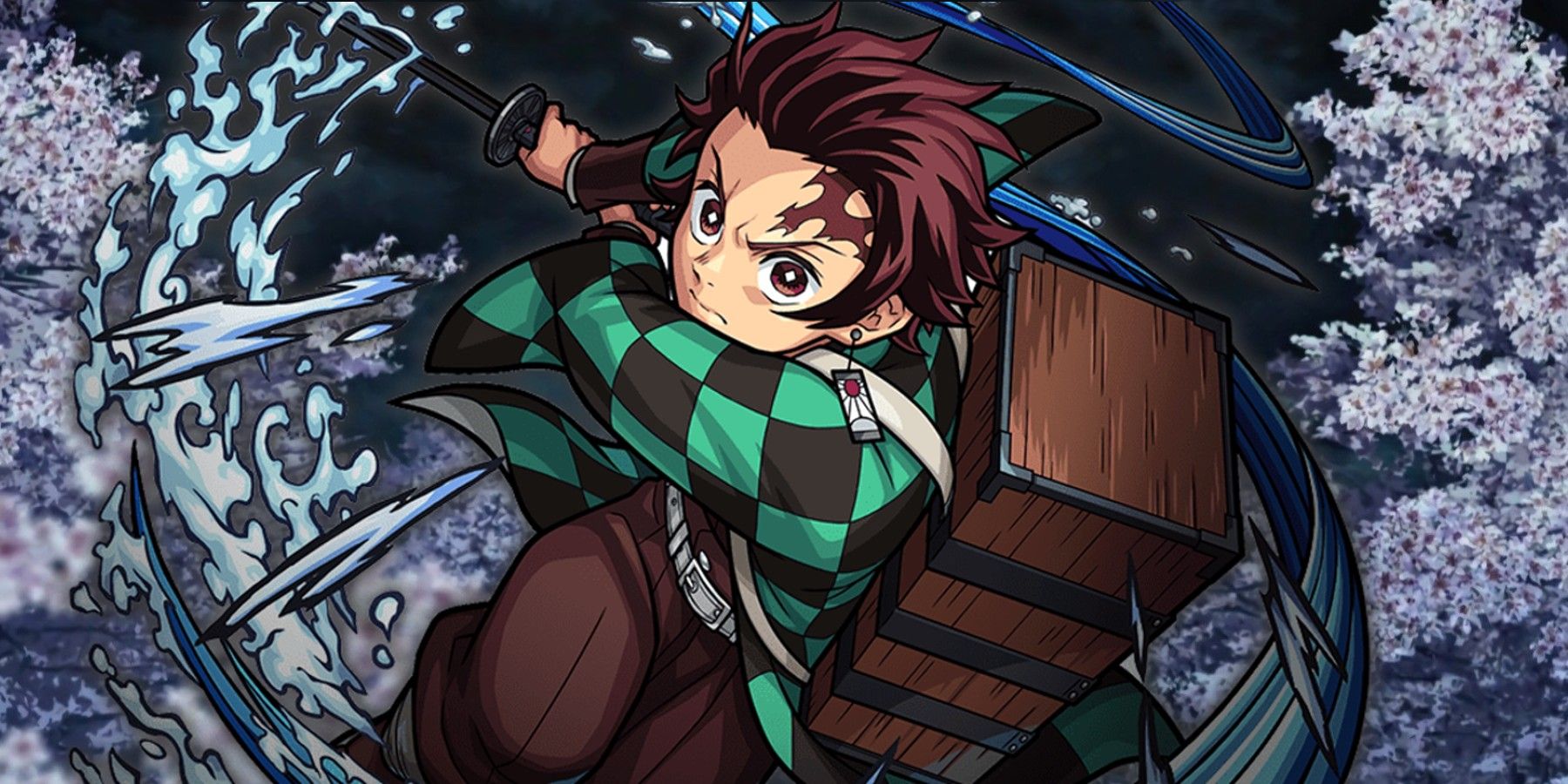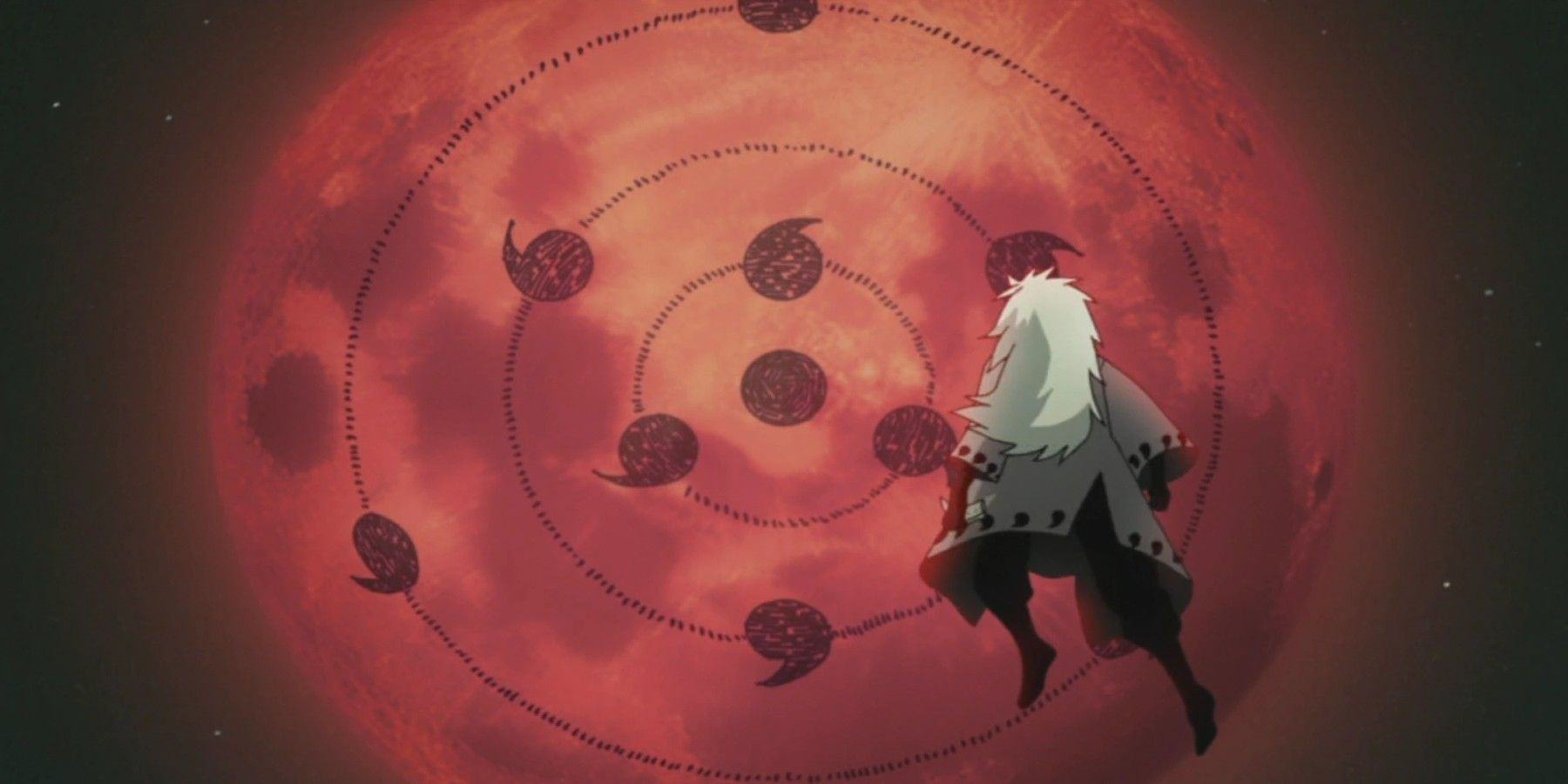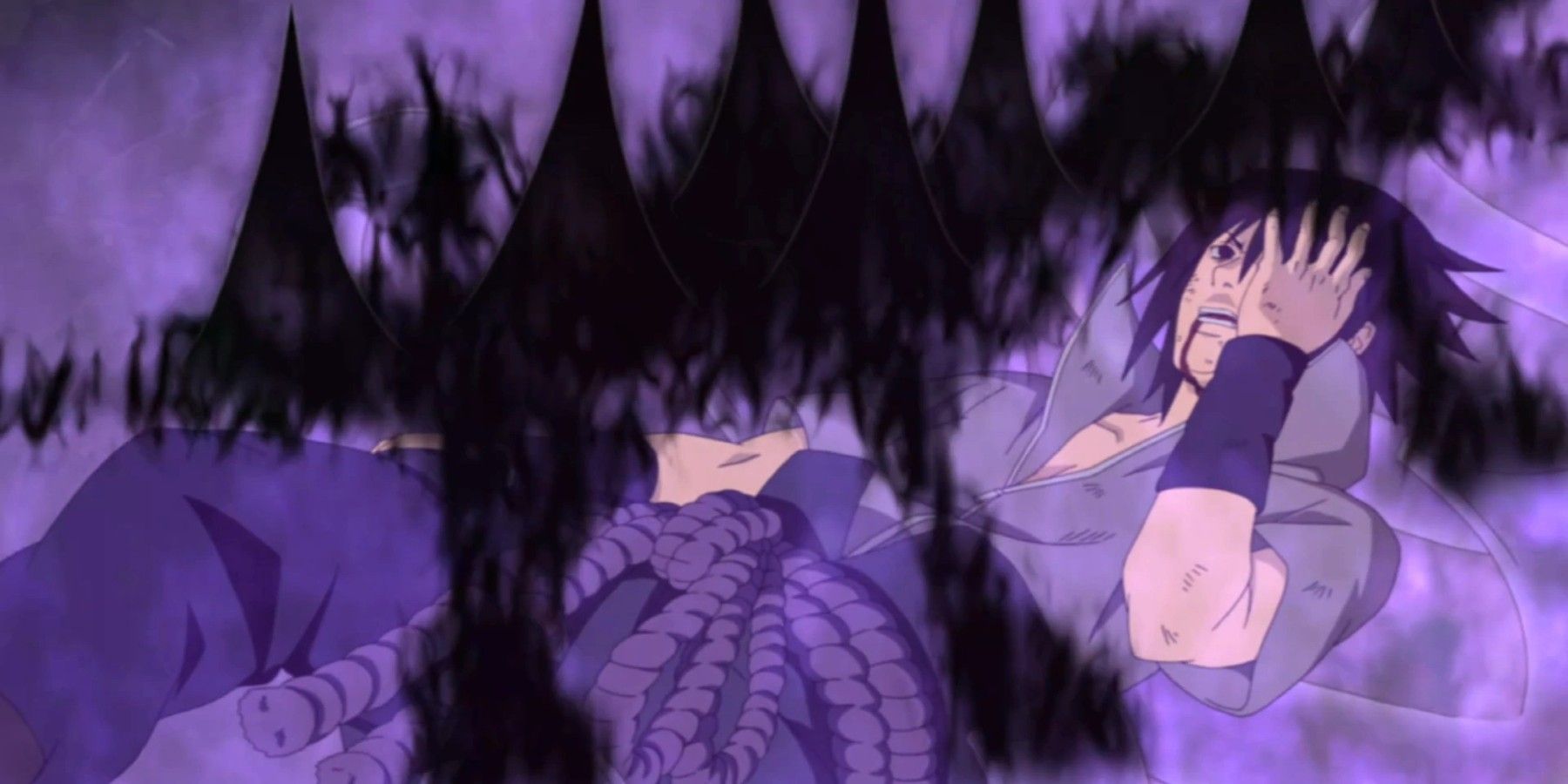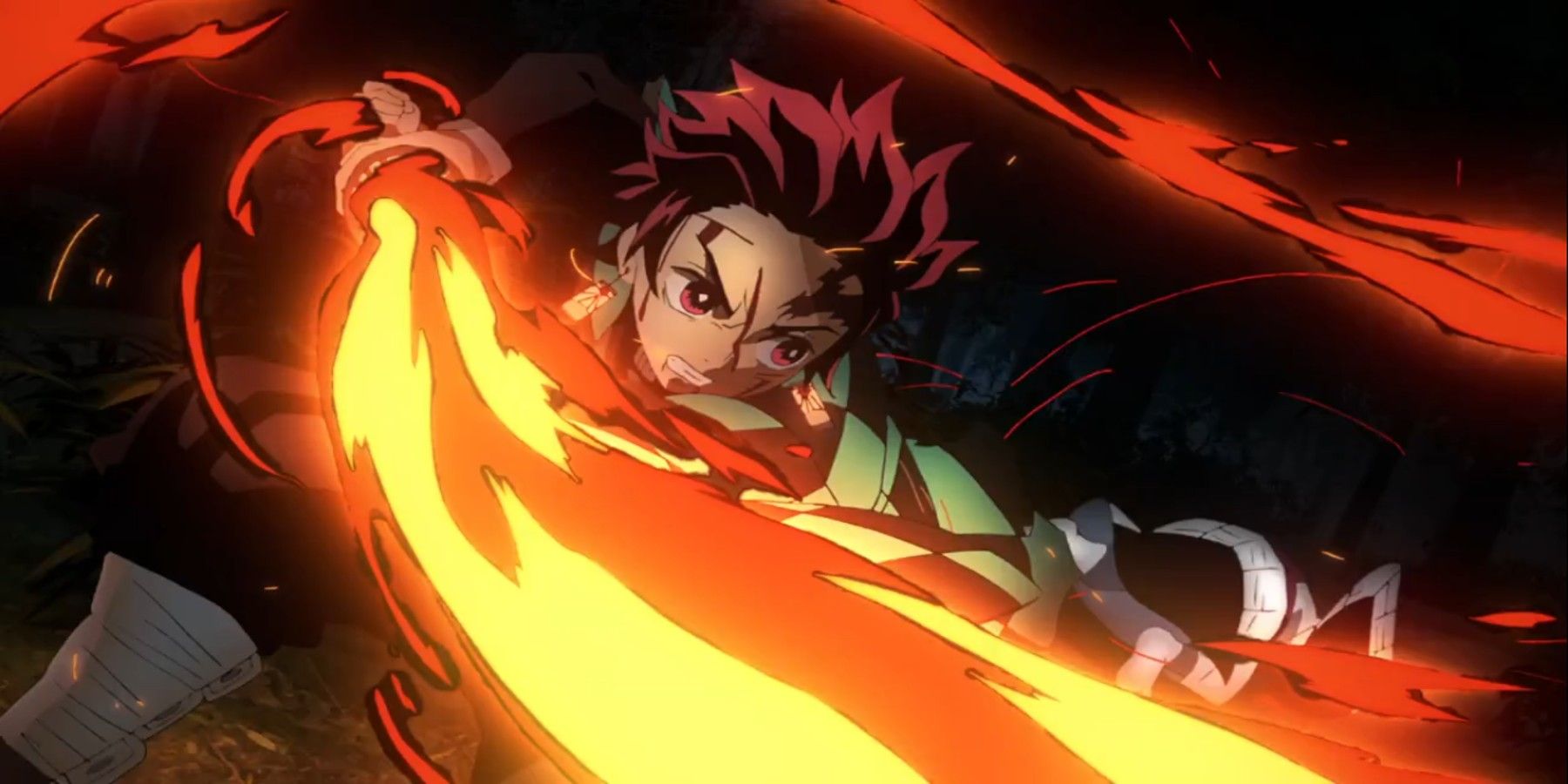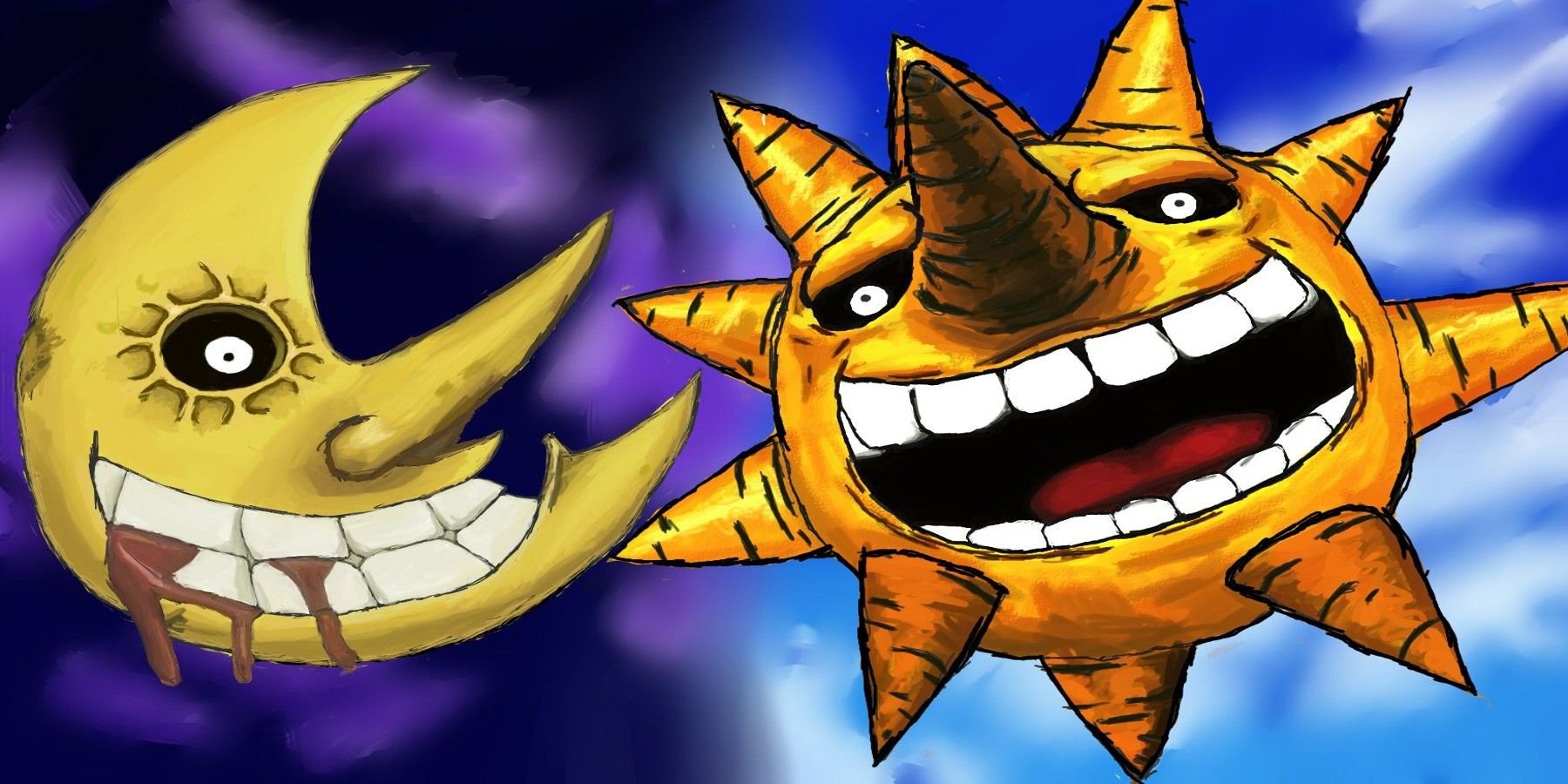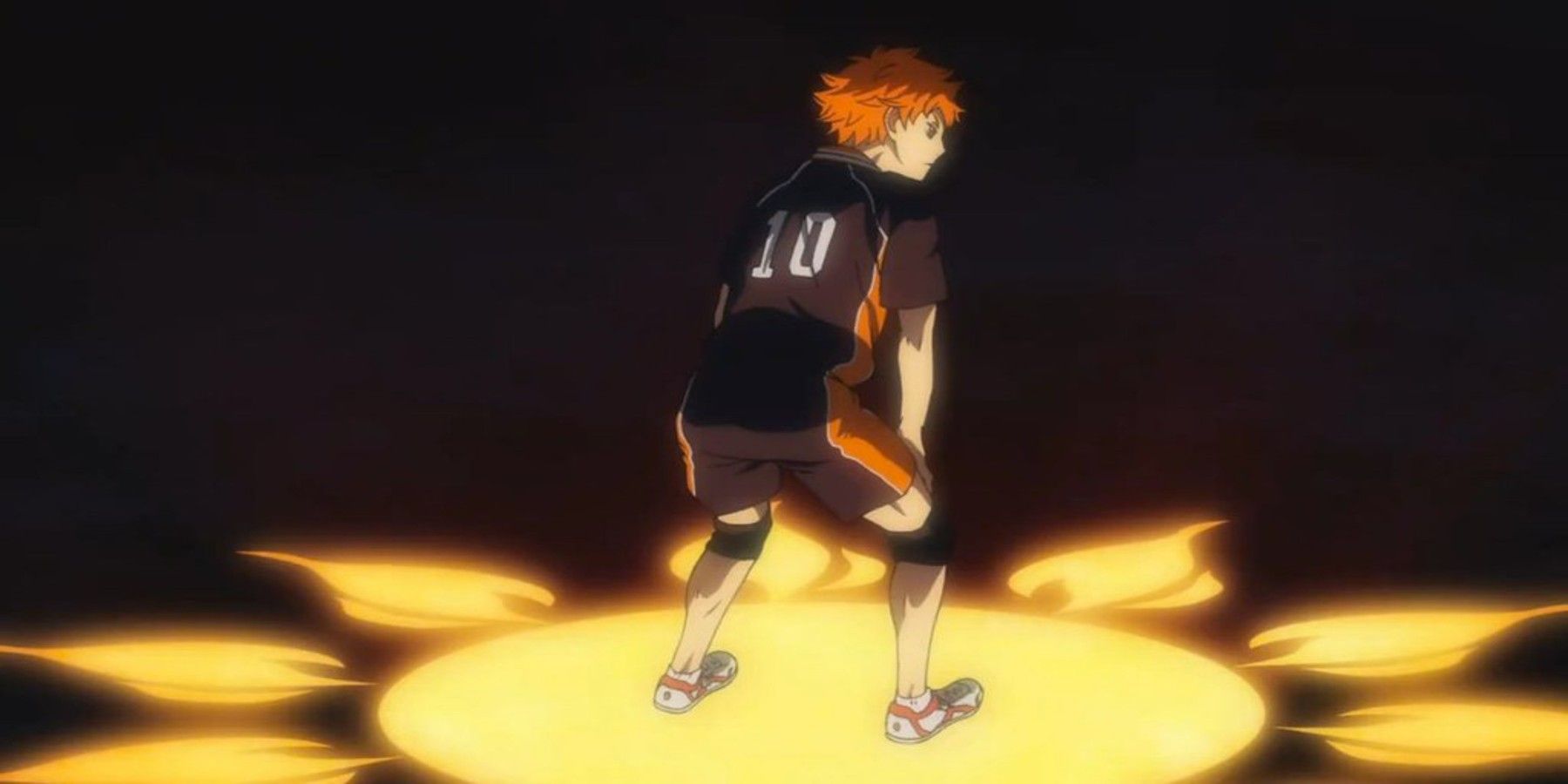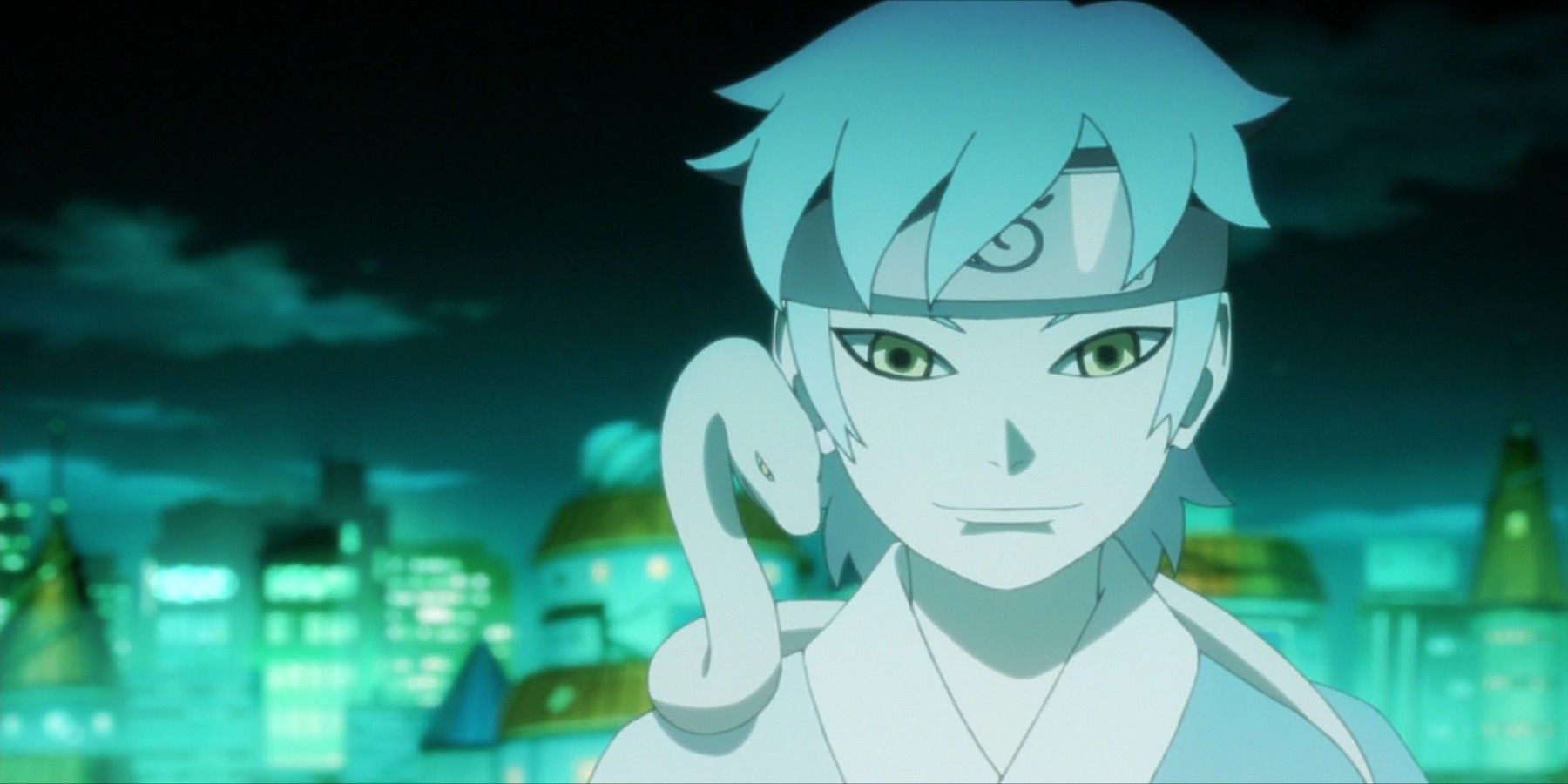From Naruto Shippuden to Soul Eater, the sun and the moon symbolize much more than light and darkness and day and night. Within the world of anime, even the smallest background details can play vital roles in the setting and plot of any series. Avid anime watchers who have keen eyes will gradually start to notice the symbolic nature imbued in the story's characters, settings, and conflicts.
Due to anime's global appeal, many fans might miss out on the mythology and philosophy behind this symbolism. In modern-day Japan, Shintoism is the primary philosophy that greatly influences creators and animators alike when producing an anime series. The deities, Amaterasu and Tsukiyomi, in particular, are regularly integrated into anime and serve not only as a homage to a belief system but also as a significant plot progression device.
Origins of the Sun and Moon in Shintoism
The sun and moon, known as Amaterasu and Tsukiyomi, are brother and sister gods within Shintoism. Amaterasu, the sun goddess, and Tsukiyomi, the moon god, are the daughter and son of the creator deities, Izanagi and Izanami. Born as siblings and united as spouses, the story of Amaterasu and Tsukiyomi is one that ends in tragedy.
Disgusted by the way in which Uke Mochi, the goddess of food, prepared her feast, he slaughtered her where she stood. Enraged by her husband's actions, Amaterasu forbade Tsukiyomi from returning to the heavens. It is said that this separation caused the division of day and night and that Tsukiyomi will forever chase the figure of Amaterasu without ever returning to her side.
Naruto Shippuden
Naruto Shippuden is a prime example of an anime series that is substantially inspired by this symbolism. The Uchiha Clan, specifically Sasuke and Itachi Uchiha, are known for their inheritance of the Sharingan which is a dōjutsu kekkei genkai. The final form of the Sharingan is the Mangekyō Sharingan, a set of heavenly eyes that see the truth of all creation without obstruction. It is impossible, however, to force the Mangekyō Sharingan to materialize in a user since the condition to unlock the ability is through parting with a loved one.
Later in the series, it is revealed that Itachi Uchiha unlocked this ability after his best friend, Shisui Uchiha, committed suicide. In the battle between Itachi and Sasuke, he actively uses the Amaterasu ability against him. After Sasuke kills his older brother, Itachi, he also awakens the Mangekyō Sharingan. When evoking Amaterasu, the ability conjures black flames that burn everything to ashes. Similar to the sun, Amaterasu scorches its surroundings.
Naruto: Itachi Uchiha's Mangekyo Sharingan, Explained
Another ability unlocked through the Sharingan is the Tsukiyomi, a powerful Mangekyō Sharingan dōjutsu. Rather horrifically, Tsukiyomi is used to mess with the target's perception of time and traps them in an illusionary world. Itachi Uchiha and Madara Uchiha are the primary users throughout the series; however, after Itachi's death, Sasuke gains access to the ability by transplanting his brother's eyes into himself. Tsukiyomi, as aforementioned, is the moon god and the separated husband of Amaterasu. The fact that these abilities are both evoked by the eyes and are a pair when used by Mangekyō Sharingan users in the Uchiha Clan is fitting for the story of the Shinto gods.
Another intriguing influence of Shintoism in the Naruto universe is the location of the Sharingan in the human body: the eyes. Amaterasu, the sun goddess, and Tsukiyomi, the moon god, are said to have been birthed from the left eye and the right eye respectively. While other clans in the series also have dōjutsu kekkei genkai like the Byakugan and the Rinnegan, the Mangekyō Sharingan is the closest link to Amaterasu due to its connection to the black flames. Another example is the Susanoo, a summoned avatar that is shaped by the user's chakra to fight against enemies. Born from the nose of Izanagi, Susanoo is the brother to Amaterasu and Tsukiyomi and is the god of seas and storms.
Demon Slayer
Demon Slayer follows a similar trend, as Tanjiro Kamado's Sun Breathing is a materialized version of the sun goddess, Amaterasu. Similar to the sun, the Sun Breathing technique that is passed down in the Kamado Clan is the only breathing technique that can mimic the sun's effects on demons scorching them severely. As the main responsibility of a demon slayer is to restore peace to chaos, this technique is tastefully aligned with Amaterasu who represents order and justice during the days of Imperial Japan.
Setting-wise and plot-wise, the separation of the sun and the moon are significant to the plot. Demons cannot move freely in the sun, as they are burned and destroyed by it. Demon slayers, due to heightened demonic activity at night, play by the demon's terms and fight them when they are at their peak strength. During the battle against Akaza in Demon Slayer: Mugen Train, Tanjiro points this fact out claiming that Akaza was a coward for running away. After the completion of any action scene in the series, the sun rises symbolizing that the order of the day has been restored.
Soul Eater
Similar to the Demon Slayer franchise, Soul Eater also features soul-eating demons. Although the demonic creatures can move in the sunlight unlike other anime series, there is still heightened demonic activity at night. The first scene of the anime, for example, is at nighttime with a demon lurking in the darkness and attacking a young woman devouring her soul. Scenes, where Medusa, Crona, and other witches and demons meet, happen at night too.
Comparing the good of the day and the evil of the night is the sun and moon themselves. Within the anime series, there are several close-up scenes of the eternally-laughing sun and the ever-grinning moon. They are presented not only as uncanny celestial bodies that set the scene but also as symbols of sanity and madness. The creator of the original manga series is known for his symbolism, so it is not a stretch to say that these two objects have deeper symbolic meanings, especially when considering this same sun appears in the Fire Force universe.
Haikyuu!!
Haikyuu!! is yet another anime series that draws inspiration from Shintoism. Apart from the symbolism of the sun and moon, the anime series also uses the crow as the main mascot which can be linked to the three-legged crow, Yatagarasu, and to Emperor Jimmu in Shintoism. Yatagarasu acted as a guide to Emperor Jimmu, who not so surprisingly is believed to be the descendant of Amaterasu in the Japanese Imperial Family.
Two of the main characters, Shoyo Hinata and Kei Tsukishima, represent the sun and the moon. Tsukishima remarks that his job is to cover for Hinata while he is in the back line since Hinata severely lacks in defense. The role of the sun is fitting for Hinata, as he plays the role of a decoy in many scenarios during the course of a match. The brighter that he shines, the blinder the enemies become to the other attackers on the team. Tsukishima, on the other hand, is often outshone by Hinata; however, he works his best when he is unnoticed and has a cool, calculating nature.
Boruto
Following the example set in the Naruto Shippuden series, Boruto: Naruto Next Generations extends the sun-and-the-moon symbolism to the characters themselves. Boruto, the main protagonist, is set up as the symbol of the sun; whereas, Mitsuki, Boruto's best friend, is set up as the symbol of the moon. Mitsuki's name also alludes to this association, one of the meanings of the name Mitsuki being the bright moon.
Boruto, similar to his father, Naruto, has the ability to attract and lead people. He naturally draws them into his sphere of influence like how the planets revolve around the sun in the solar system. Mitsuki, as a synthetically-created human, originally couldn't fathom friendships or emotions. However, with the help of Boruto, he is able to experience what a normal human life feels like, and he is slowly integrated into the village. This symbolism is so significant to the story that not only Mitsuki but also several observers recognize how Boruto's existence alone acts as Mitsuki's sun.
Source(s): Mythopedia 1, Mythopedia 2, & Mythopedia 3.

